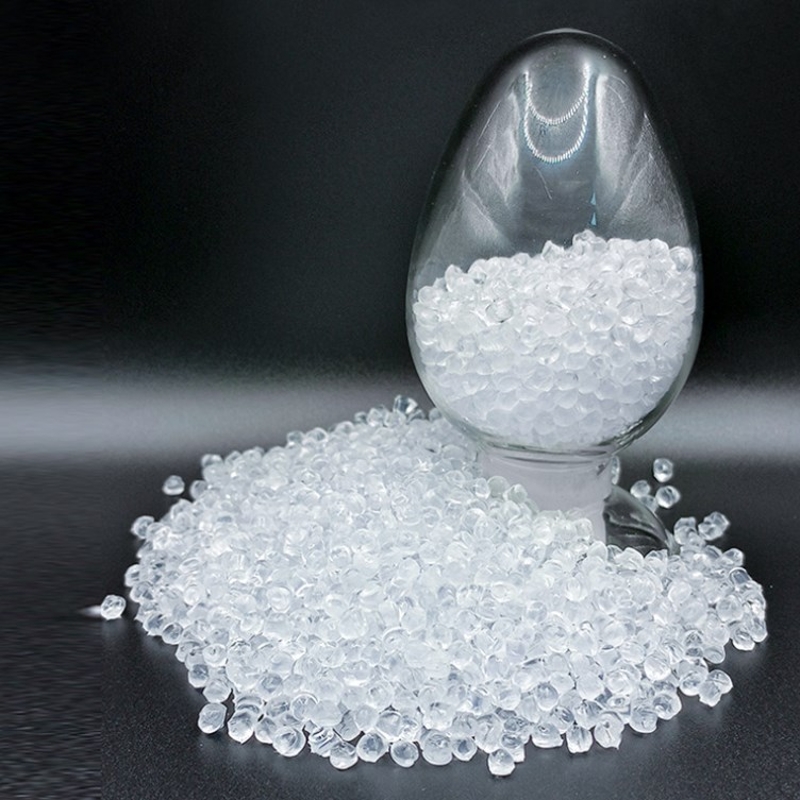-
Categories
-
Pharmaceutical Intermediates
-
Active Pharmaceutical Ingredients
-
Food Additives
- Industrial Coatings
- Agrochemicals
- Dyes and Pigments
- Surfactant
- Flavors and Fragrances
- Chemical Reagents
- Catalyst and Auxiliary
- Natural Products
- Inorganic Chemistry
-
Organic Chemistry
-
Biochemical Engineering
- Analytical Chemistry
-
Cosmetic Ingredient
- Water Treatment Chemical
-
Pharmaceutical Intermediates
Promotion
ECHEMI Mall
Wholesale
Weekly Price
Exhibition
News
-
Trade Service
Chloroprene, also known as CR, is a synthetic rubber that is widely used in the chemical industry for various applications.
It is a hydrocarbon elastomer that is synthesized by the reaction of chlorine and isobutylene.
Chloroprene is known for its excellent resistance to heat, oils, and other chemicals, and it is often used in applications where a high level of chemical resistance is required.
When it comes to safety, chloroprene is considered to be a relatively safe material to handle and use.
However, it is important to take proper precautions when working with chloroprene, as with any other chemical.
One of the main safety concerns with chloroprene is its potential to cause respiratory irritation.
When inhaled, chloroprene can cause symptoms such as coughing, wheezing, and shortness of breath.
Prolonged exposure to high concentrations of chloroprene can also lead to more serious health issues, such as lung damage and cancer.
It is important to take appropriate measures to ventilate the area where chloroprene is being used, and to wear proper protective equipment such as respirators when handling the material.
Another potential safety hazard associated with chloroprene is its flammability.
Chloroprene is a combustible material, and it can ignite when exposed to heat, sparks, or other ignition sources.
It is important to take precautions to prevent accidental ignition, such as using appropriate equipment and following proper handling procedures.
Chloroprene is also known to be toxic to aquatic life.
When released into the environment, it can lead to the death of fish and other aquatic organisms.
It is important to take measures to prevent accidental release of chloroprene into waterways, such as containing spills and disposing of waste materials properly.
In addition to these specific safety concerns, it is important to remember that chloroprene is a synthetic chemical, and it is possible that it may have unintended effects on human health or the environment.
As with any other chemical, it is important to carefully assess the risks and benefits of using chloroprene, and to take appropriate measures to minimize potential hazards.
Overall, chloroprene is a valuable material in the chemical industry, known for its excellent resistance to heat, oils, and other chemicals.
With proper handling and precautions, it can be used safely and effectively.
However, it is important to be aware of the potential hazards associated with chloroprene, and to take appropriate measures to minimize risks.







